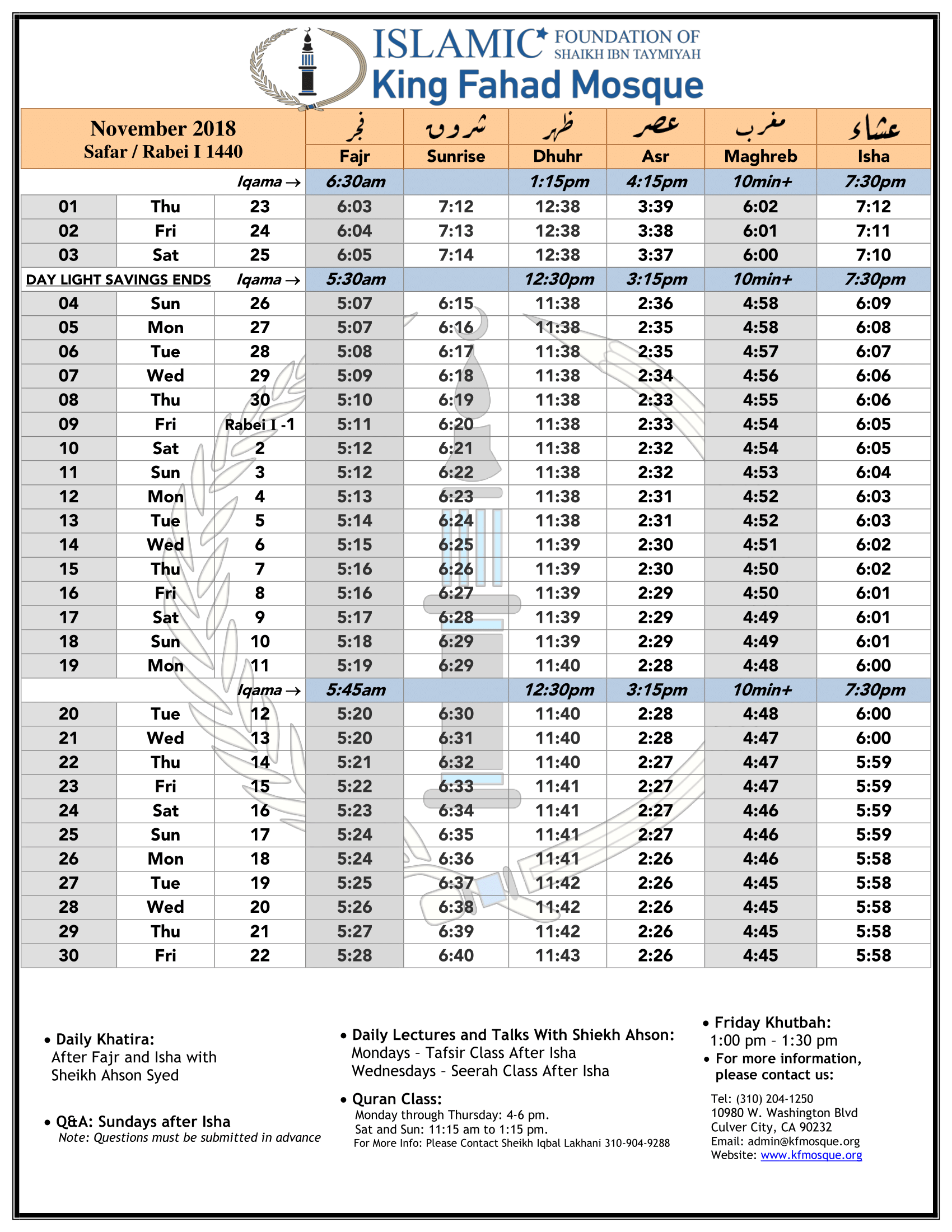
Throughout history, prayer has played a vital role in the lives of individuals and communities around the world. For many, the practice of prayer is a moment of reflection, gratitude, and connection to something greater than oneself. Gebetsplan However, the times and traditions surrounding prayer can vary greatly depending on cultural and religious contexts. Understanding prayer times is essential for those seeking to deepen their spiritual practice or simply to navigate the diverse tapestry of global faiths.
As we embark on this exploration of prayer times around the world, we will delve into how different beliefs and practices shape the moments when individuals come together in prayer. From the rhythmic calls to prayer in Islamic traditions to the quiet moments of meditation in Buddhism, each faith brings its unique cadence to the act of worship. Join us as we uncover the significance of these times and how they resonate within various communities, helping people find their own rhythm in the sacred act of prayer.
Understanding Prayer Times
Prayer times are integral to the practices of many religious traditions, serving as designated moments for worship and reflection throughout the day. These times are often based on the position of the sun and can vary significantly depending on geographical location and time of year. For those observing these rituals, understanding when to pray is essential to maintaining their spiritual rhythm and connection to their faith.
In Islam, the five daily prayers are meticulously calculated based on the sun’s movement. Fajr is the pre-dawn prayer, followed by Dhuhr after midday, Asr in the afternoon, Maghrib just after sunset, and Isha in the evening. Each of these prayers serves a unique purpose and provides followers with opportunities to reconnect with their spirituality throughout the day, highlighting the importance of taking time out from daily life for reflection and devotion.
Similarly, other religious traditions have their own systems and times for prayer. For example, in Christianity, certain denominations observe specific times for prayer, often tied to liturgical hours or individual schedules. Understanding these times can foster a deeper sense of community and shared faith, allowing individuals to align their practices with those around them. This synchronization contributes to a unified expression of spirituality and encourages a consistent rhythm in daily life.
Methods for Calculating Prayer Times
Accurate calculation of prayer times is essential for practicing Muslims around the world. The most common method used involves determining the times of the five daily prayers based on the sun’s position in the sky. These methods can vary slightly depending on geographical location, season, and local customs. The two primary parameters considered are the angle of the sun below the horizon and local noon time, which marks the starting point for calculating the Dhuhr prayer.
One widely accepted method involves using astronomical calculations to determine the specific angles for each prayer time. For instance, the Fajr prayer is typically calculated based on the time when the sun is approximately 18 degrees below the horizon, while Maghrib is at sunset, and Isha is when the sun is around 18 degrees below the horizon as well. Methods may slightly differ across different Islamic communities, leading to variations in prayer times.
Another approach incorporates local observation, where community members observe the sunset and calculate prayer times based on environmental cues. This traditional method allows for adjustments based on specific locations and climatic conditions. Many modern-day tools, including mobile applications and websites, combine both scientific calculations and local observations to provide updated and precise prayer times tailored to individual needs and locations.
Cultural Variations in Prayer Practices
Prayer times vary significantly across cultures and religions, each with its own unique customs and traditions. In Islam, the daily five prayers, known as Salah, are marked by precise times determined by the position of the sun. These prayer times are observed uniformly among Muslims around the world, though local customs may dictate variations in the way prayers are performed. For instance, in some cultures, communal prayers at mosques are emphasized, while in others, personal prayer often takes precedence.
In contrast, among different Christian denominations, prayer practices can vary widely. Some groups observe set times for prayer, such as the Liturgy of the Hours in Catholicism, which includes prayers throughout the day. Others may prioritize personal prayers at any time that suits the individual. In many communities, prayer times are also influenced by cultural elements, such as the time of day when families gather for meals or community gatherings, creating a rhythm of communal prayer that reflects cultural values.
Jewish prayer times are similarly structured but are influenced by the Hebrew calendar and other traditions. The three daily prayers, Shacharit, Mincha, and Maariv, are linked closely to specific times throughout the day. Additionally, special prayers are observed during the Sabbath and other religious holidays, leading to variations in how and when prayers are conducted. The integration of local customs can also create a rich tapestry of prayer practices, as communities find ways to blend tradition with modern life.
